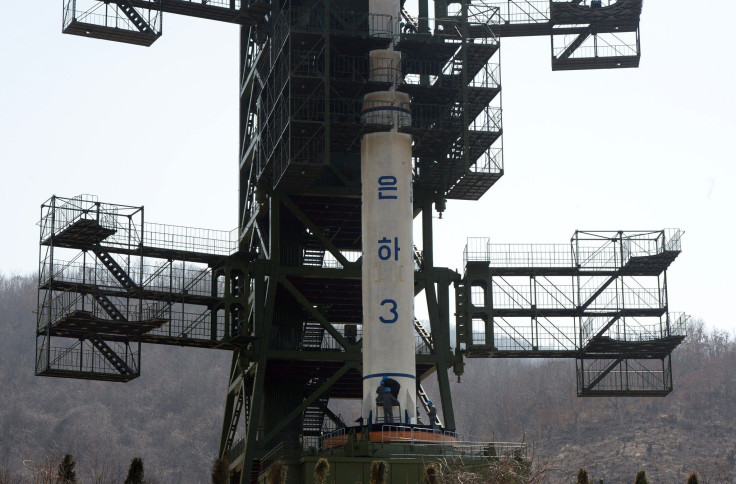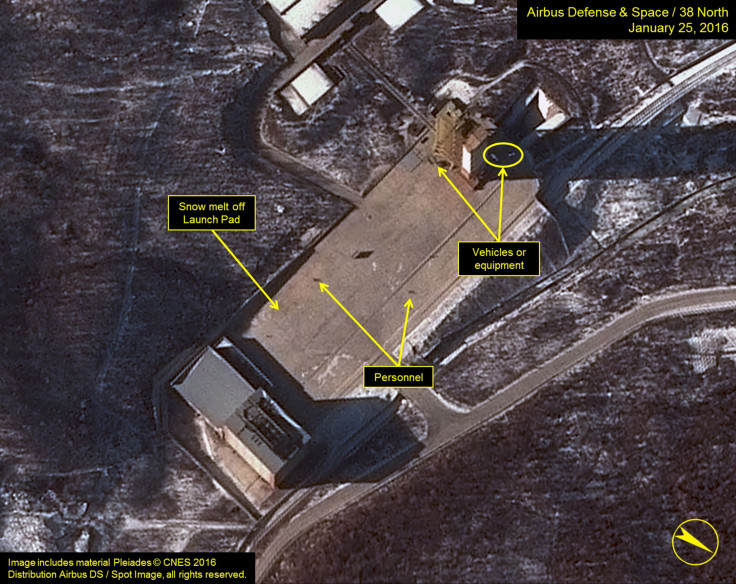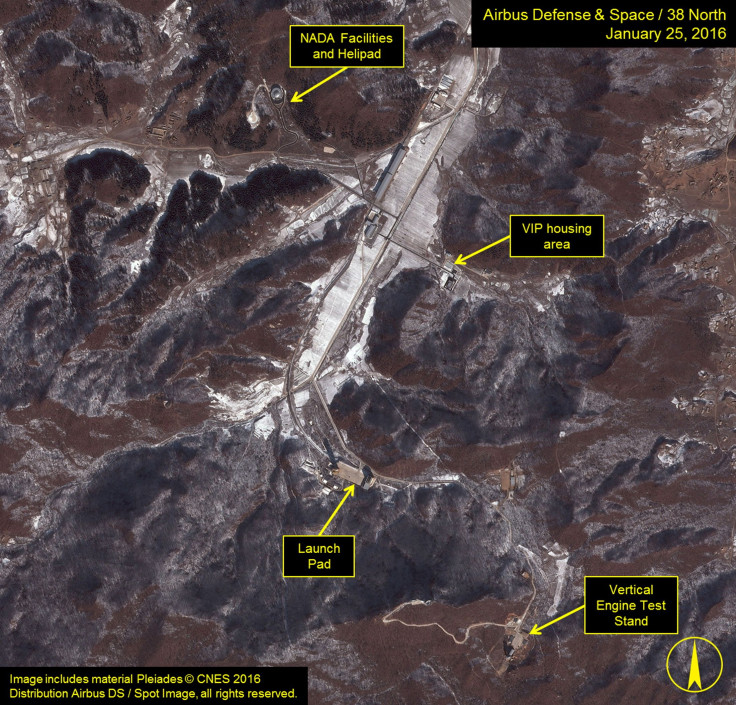Is North Korea Preparing For A Space Launch? Or Is It A Cover For Another Missile Test?

North Korea could test-fire a long-range missile under the guise of a space launch in as little as a couple of weeks, a U.S. government official reportedly said Thursday. The comments were followed by a report from a North Korea-monitoring website that confirmed a range of low-level activities at the reclusive East Asian country’s main long-range rocket launch site.
Commenting on the signs of activity at the Sohae (also called Tongchang-ri) missile launch site in the northwest region of North Korea, an anonymous U.S. official said: “It suggests that there could be a launch within a couple of weeks,” Japan’s Kyodo News reported. “They use the space launch name as a pretext to cover the development of intercontinental ballistic missiles, things that could threaten the United States,” the official added.

U.S. officials cited intelligence that suggested movement of components and propellant at the Sohae facility, according to Reuters. The news agency spoke with an official who voiced concerns about space technology being the same as that needed to develop inter-continental ballistic missiles. Another official told Reuters: “We are keeping a close eye on these activities by the North Koreans. We’re watching 24/7.”
A North Korea-monitoring project at Johns Hopkins University’s School of Advanced International Studies, 38 North, analyzed satellite imagery of the Sohae site. Citing the observed activities at the launch pad, a covered railway station, the VIP housing area, launch control bunker and other areas, 38 North said “a rocket test in the coming week is unlikely.”
However, the monitoring website added that its analysis was restricted by the images, since “the gantry tower work platforms are covered by an environmental cover and are folded forward, obscuring any view of whether a SLV [Satellite Launch Vehicle] is inside or not.” It said that darkness, cloud cover, lack of snow on the launch pad and non-continuous commercial satellite imagery added to the uncertainty, and “Pyongyang may be further along in its preparations.”

“If North Korea follows previous pre-launch preparation practices, we would expect to see in the coming days increased site-wide activity, traffic at the fuel/oxidizer storage bunkers, activity at the launch pad and the presence of tracking equipment,” 38 North said, adding: “A more likely alternative is that an engine test is being prepared.”
The impoverished nation, ruled by Kim Jong Un, has conducted a series of test launches over the years, the last being a successful test in 2012, South Korea's Yonhap News Agency reported.
Kim Min-seok, a spokesman for the South Korean Defense Ministry, declined to comment on possible pre-launch activities by North Korea, Reuters reported. He added that North Korea had not issued any warning about potential launch, something the country has always done prior to its earlier launches.
U.S. Navy Admiral Harry Harris, commander of U.S. Pacific Command, said earlier that he might consider changing an Aegis missile defense test site in Hawaii into a combat-ready facility so that the U.S. could better protect itself from ballistic missile attacks, according to a report by RT.
© Copyright IBTimes 2024. All rights reserved.





















